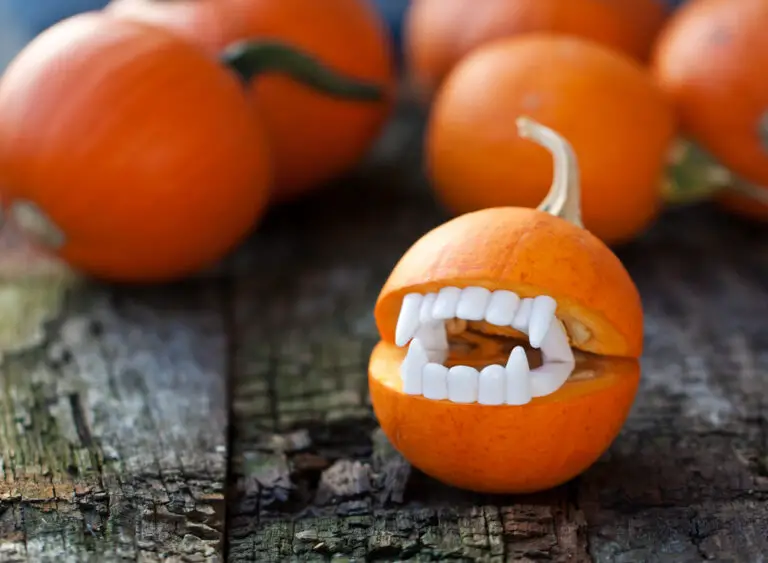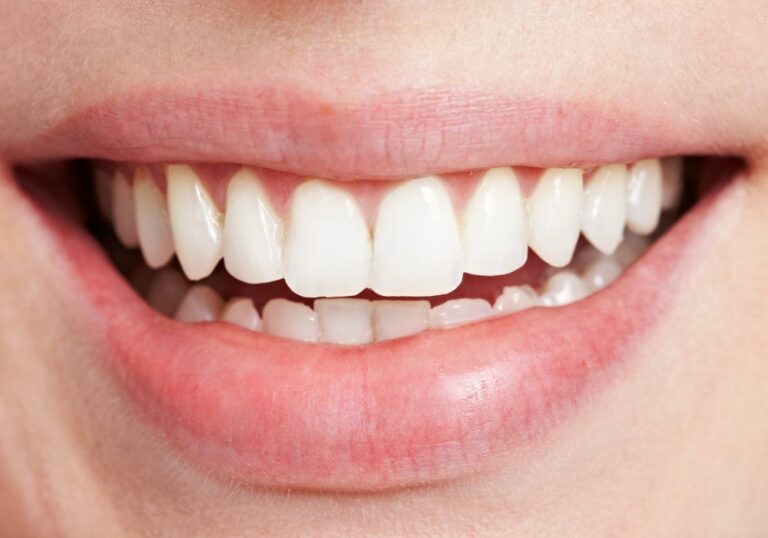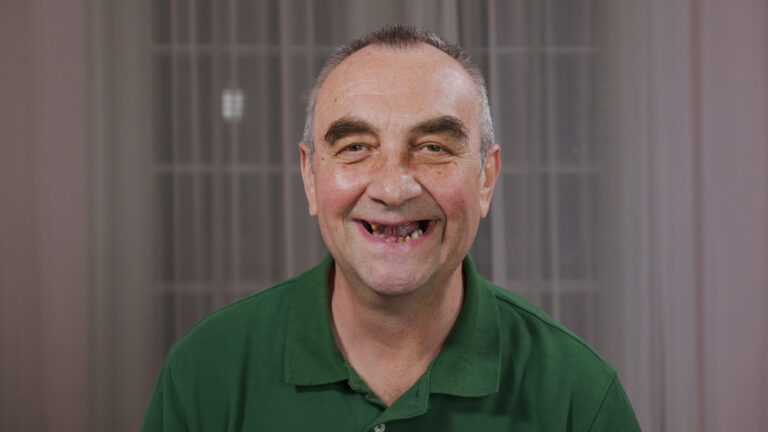Fake teeth are a great solution for those who have either missing teeth or cosmetic problems they want to fix.
While they can perfect a smile, is it worth it if you can’t eat with them?
In this guide we’ll go through the most popular fake teeth options and how they impact your daily life, including their functionality in eating and overall comfort levels.
Dentures

Dentures are used to replace missing teeth on the top or bottom of the mouth.
Usually made of acrylic resin, they sit on the gums to fill in any gaps, giving the look of a complete smile.
Partial or full dentures are available, depending on how many teeth are missing.
Can you eat with dentures?
You can eat with dentures, but there are some restrictions on what you can eat comfortably.
Chewing and biting down can become more difficult and the dentures can move around the mouth while eating causing discomfort.
Due to lack of sensation, eating can also be less controlled.
It’s advised you avoid very hard, crunchy, or sticky foods, as these are more likely to dislodge the dentures. Whereas, soft, moist, and tender meats are easier to eat.
Denture adhesives are available and effective, which helps the dentures stick to the gums more securely.
While eating can be done with dentures, it takes some getting used to, and a change in diet.
Dental implants
Dental implants are surgically inserted into the jawbone, with a crown, bridge, or denture fitted on top. They help stabilize the structure of the mouth and restore cosmetic appearance.
Can you eat with dental implants?

As dental implants provide a strong structure to the mouth, they can mimic the natural function of the teeth.
Having the same strong foundation means you can eat as you like without worrying about anything moving out of place or becoming loose.
As the implant itself is integrated into the jaw, you can still experience the same levels of sensation as you would with natural teeth.
You can snack on anything from crunchy apples to chewy candy with ease.
As crowns and dental bridges are secured using implants, you can also eat normally with these types of fake teeth.
Temporary options
Before getting permanent dental treatments, temporary versions are offered to patients for short-term use – usually if the natural tooth has been altered or removed to make space for the new one.
Temporary crowns, interim partial dentures, and flippers are pretty flimsy in the grand scheme of things, so shouldn’t be worn when eating hard, crunchy, or chewy foods, as they’re more prone to breaking and cracking.
Snap-on veneers
Snap-on veneers are a modern, more affordable alternative to a range of dental treatments, including teeth whitening, braces, tooth replacement, and veneers.
They’re made to your unique and exact measurements, so they fit comfortably over your natural teeth for a perfected smile.
Can you eat with snap-on veneers?
Snap-on veneers are highly durable. Designed to be worn all day, every day, you can eat, drink, and talk as normal without any problems.
And, as they custom made, you won’t experience any movement throughout the day – you’ll forget you have them in.







